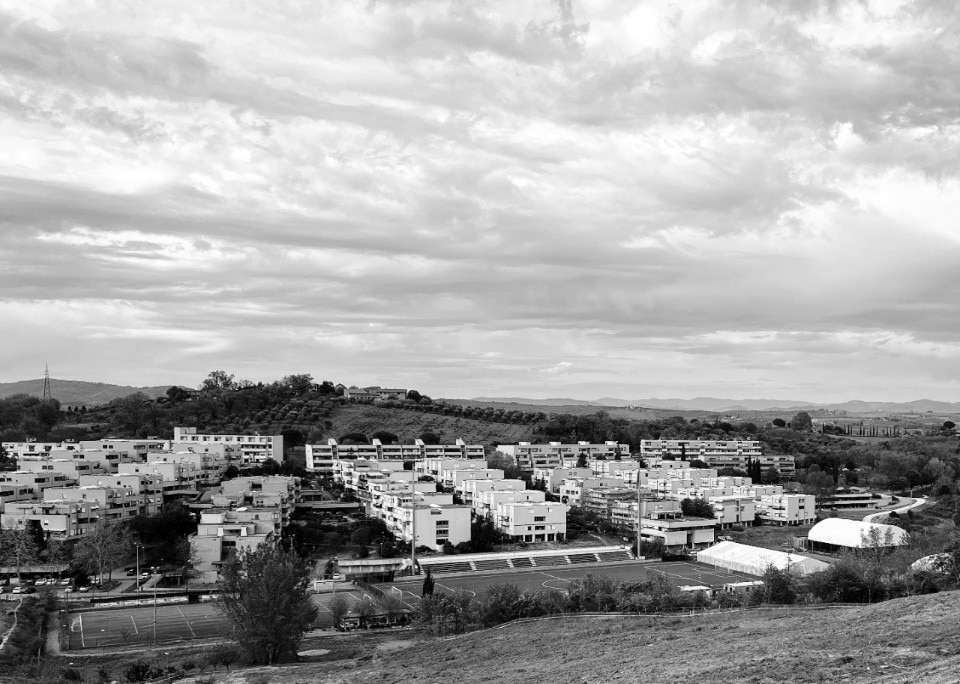This article will be published in Domus 1080, on newsstands in June 2023.
Architecture is too important to be left to architects.” Few projects confirm Giancarlo De Carlo’s fierce disenchantment as much as San Miniato, the development two kilometres from Piazza del Campo commissioned in the late 1970s by the ruling class of Siena. Built on the last tenant farm in the world’s most beautiful countryside, it was meant to fulfil the dream of a fair-rent housing estate. The dream soon became a nightmare, due to two opposed and reciprocal paradoxes hidden in the web of events.
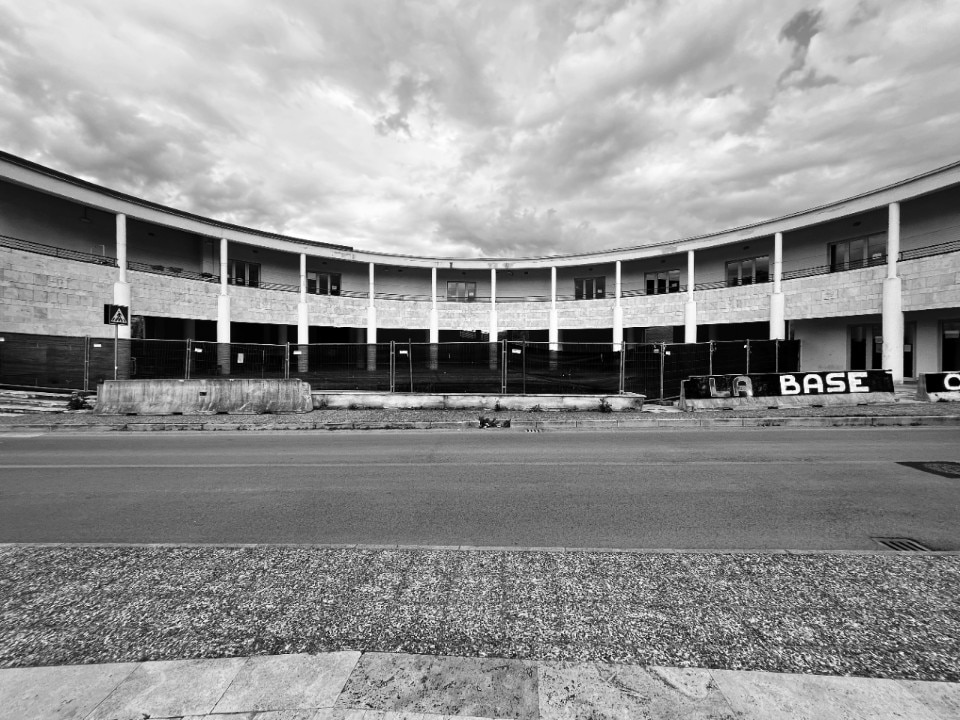
The first was that engineer De Carlo himself had designed that horizontal, egalitarian estate, where the four-room apartments – divided by stairs clad with black plastic and with blue banisters – lacked any social function. A naval officer, anarchist partisan and theorist of the end of modernist rhetoric, De Carlo arrived in Siena determined to address “precise themes in an unconventional way, aiming to get to the bottom of the issues, without self-interest or mental reservations”. An architect “by chance”, he stood out after the war with his declaration that the time was nigh for both the functionalism of Le Corbusier’s “machine for living” and the modernist doctrine of Mies van der Rohe and Walter Gropius. He also disliked the organicist ideas of Bruno Zevi, arguing that, to build architecture, we have to bear in mind above all non-architectural elements: history, nature, traditions and people. “The glory of cities rests on the citizens’ imagination, which in turn depends on the circuits of experiences and exchanges in which they take part. It depends, ultimately, on the energies of places.”
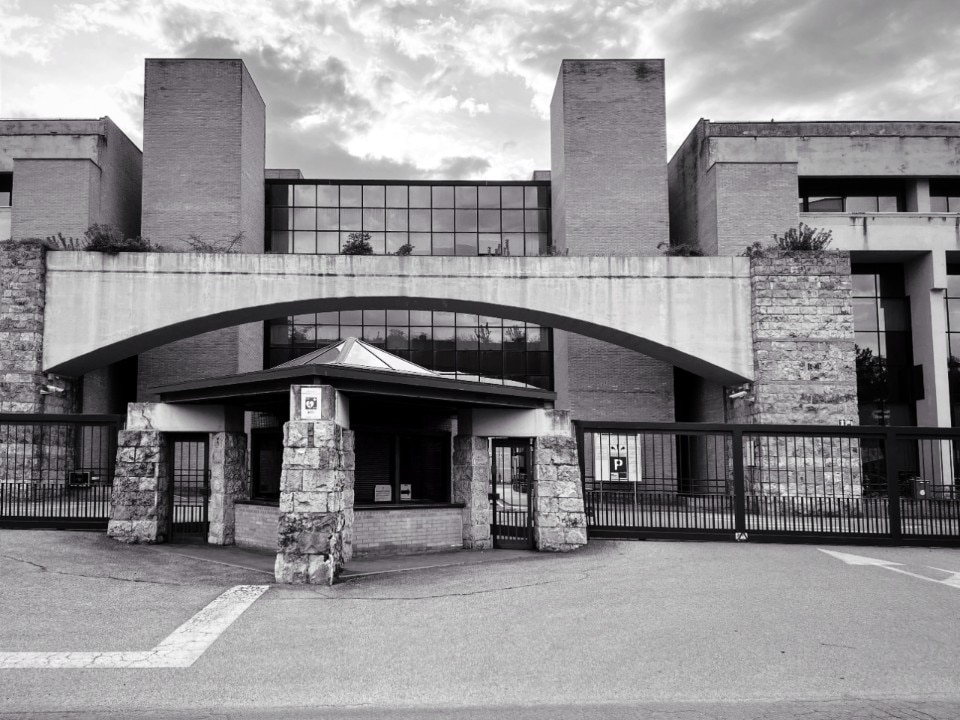
The second paradox was that San Miniato was organised on rationalist principles, as multistorey buildings with double bodies, flat roofs and white plasterwork. All this contrasted markedly with the local energies and local construction canons, the tradition of brickwork, and above all the aesthetic quality that through the centuries had made Siena an admirable example of urbs, civitas and communitas.
Metaphysical more than political, this principle was embodied in Siena’s coat of arms, the Balzana. More than just a heraldic blazon, it remains at the heart of the social, cultural and architectural primacies that arose when Paris and London were still agglomerates of muddy huts and tribes. Siena is home to the Santa Maria della Scala, the prototype of a public hospital, free and frescoed in history; the Balìa, the embryo of every form of modern European democracy; and the Monte dei Paschi, a counterintuitive institution established to repress usury thanks to the abundance of nature.
The grass grows between the tiles. Some parts of the exteriors have already suffered from deterioration that can only grow worse without the essential maintenance work... The snags, flaws and failings seem endless, partly the result of muddled legislation that has long been contested but currently seems to offer few solutions.
Corriere di Siena, 2013
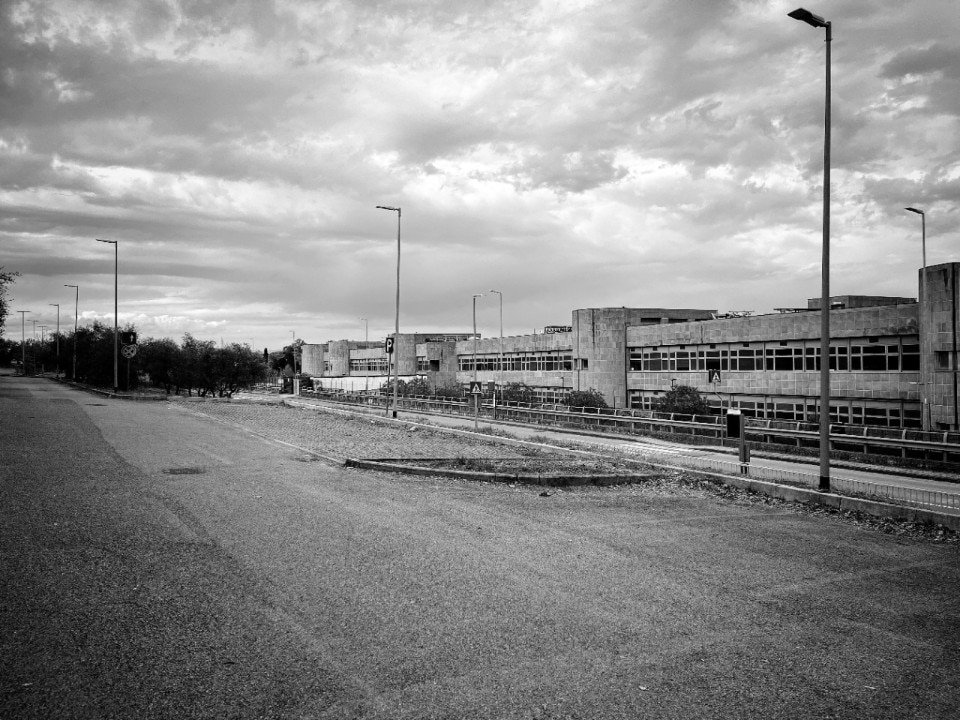
These were the driving forces of a refined, cosmopolitan and progressive bourgeoisie that ensured the prosperity of a city located 100 kilometres from the sea, on three hills and with a single legendary river. These middle classes expressed a unique alliance between landscape and region, countryside and city, pragmatism and vision that Ambrogio Lorenzetti depicted as the “effects of good government”.
As soon as the first outline of the Città Nova arose amid the olive trees in the narrow basin between Montarioso and Le Scotte, it became clear that San Miniato was still the effect of Lorenzetti’s allegory, but good government was completely absent.
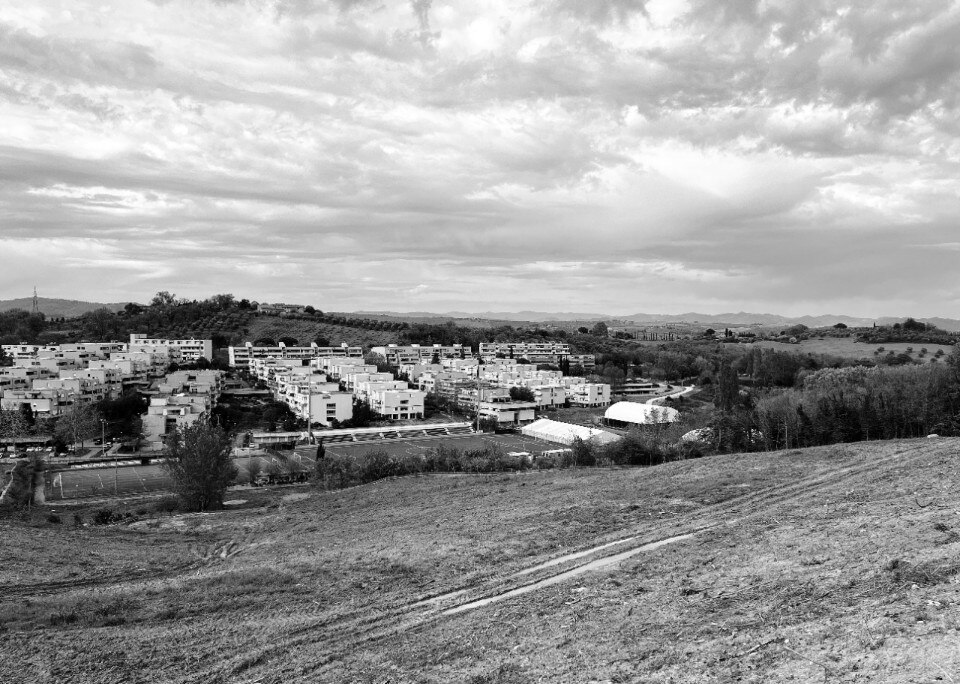
De Carlo immediately distanced himself from the project, saying that the estate had been marred by “various distortions introduced by the opportunism of the municipal administration”. It is difficult, however, to understand what opportunism the Ligurian professor was referring to. Along with his school, he would spend another nine years in Siena as a guest of the administrators he had criticised, continuing to rethink strategic areas of the city, such as La Lizza.
It is easier to see the parabola of the estate’s conceptual and material decay, exacerbated by the immediate absence of the social services that should have formed its backbone. When attempts to cover up the scandal with official rhetoric failed, the politicians reacted by launching a “Recovery Plan”. Perhaps they remembered the protests in 1952 that had blocked the intensive subdivision of the area between San Francesco and Santo Spirito as proposed by its owner, the Marquise Ginevra Chigi Zondadari Bonelli. However, it was no longer the time when administrators and architects listened to personalities such as Cesare Brandi, Mario Bracci or Ranuccio Bianchi Bandinelli. So the Recovery Plan continued to be a failure, until the pride of the then young mayor, Pierluigi Piccini, managed to wrest a neighbourhood redevelopment contract from the Ministry of Public Works.
Translated from the language of ideology, this simply meant giving the estate the commercial, social, cultural, recreational and administrative spaces and amenities that make a town.
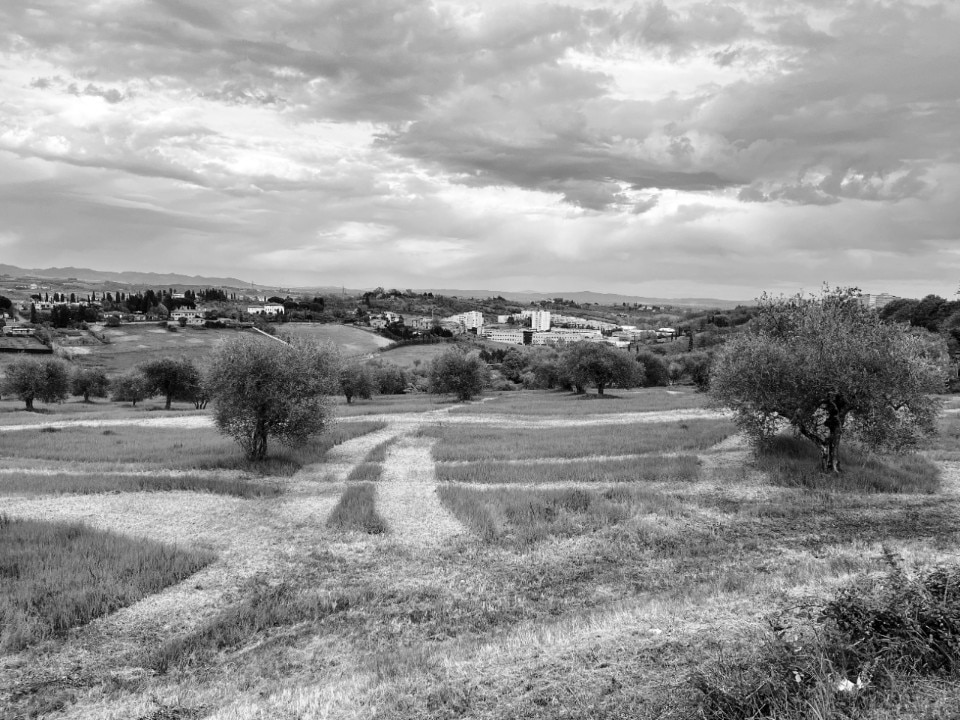
This provided 14.5 billion lire to rethink the assisted housing estate in the light of “new needs and new resources”. Translated from the language of ideology, this simply meant giving the estate the commercial, social, cultural, recreational and administrative spaces and amenities that make a town. In its last lines, the contract admitted the problem and proposed “to adopt a policy of recovering the existing housing and providing homes especially for the elderly, supplemented by a specific programme of assistance and leisure activities; to endow the experimental housing estate with secondary urban works functionally connected to it; and to study and adopt energetically innovative solutions to be applied subsequently to the broader programme”.
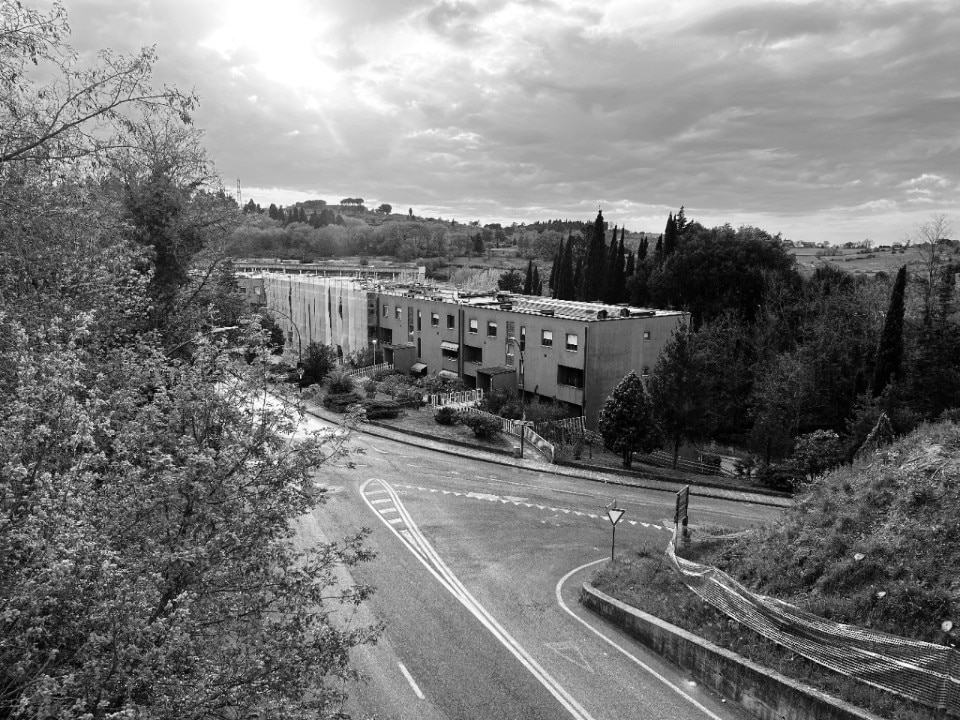
Unfortunately, these innovative and energetic solutions remained a dead letter, failing to reverse the drift. Twenty-five years later, almost everything still remained to be done and the only winner was time. “The grass,” wrote the Corriere di Siena in 2013, “grows between the tiles. Some parts of the exteriors have already suffered from deterioration that can only grow worse without the essential maintenance work... The snags, flaws and failings seem endless, partly the result of muddled legislation that has long been contested but currently seems to offer few solutions.”
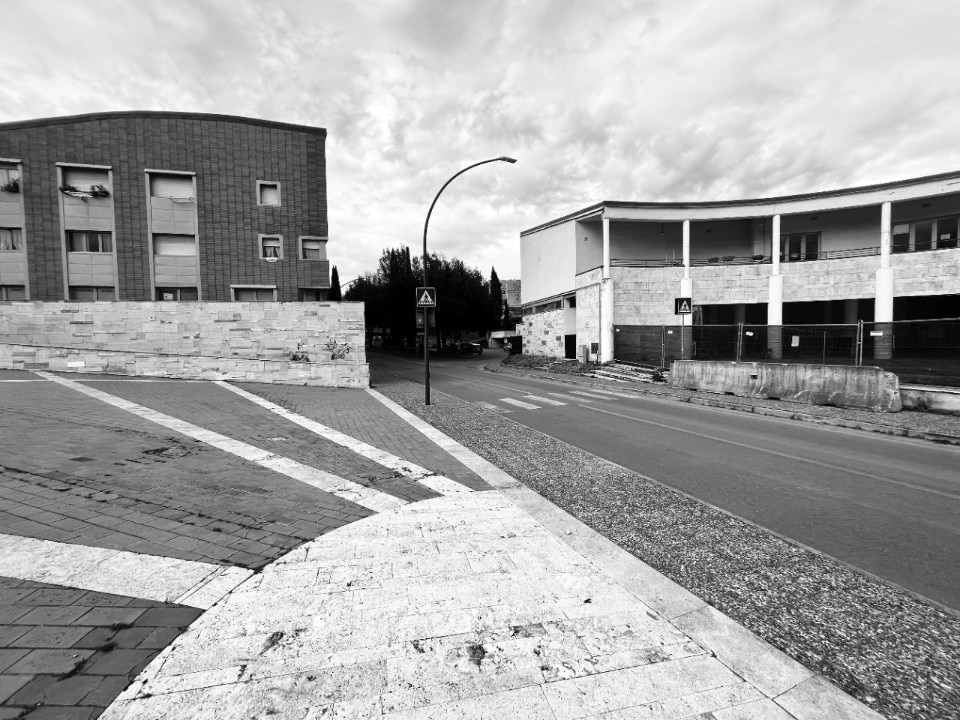
Today, a visit to the most important external urban development in Siena’s 20th-century history leaves a feeling of alienation. It is a late Sunday afternoon in spring, and everything seems deserted over this 25 April bank holiday weekend. Strolling about, we come to a roughly rectangular piazza that follows the form of the valley floor. Sloping to an amphitheatre, on one side it joins the space in front of the civic centre and on the other a deck that creates the level on which the residential buildings are set. It is paved with terracotta tiles with geometric travertine patterns. At its end, there seems to be a dry fountain, paved with the same river gravel used for the footpaths, where the couch grass spreads unchecked. One senses that the morphology and materials are meant to recall the Piazza del Campo, which is nearby yet separated by the indescribable enormity of the Hospital of Santa Maria alle Scotte. In the distance some kids are playing, although it’s not clear at what. All around is silence.
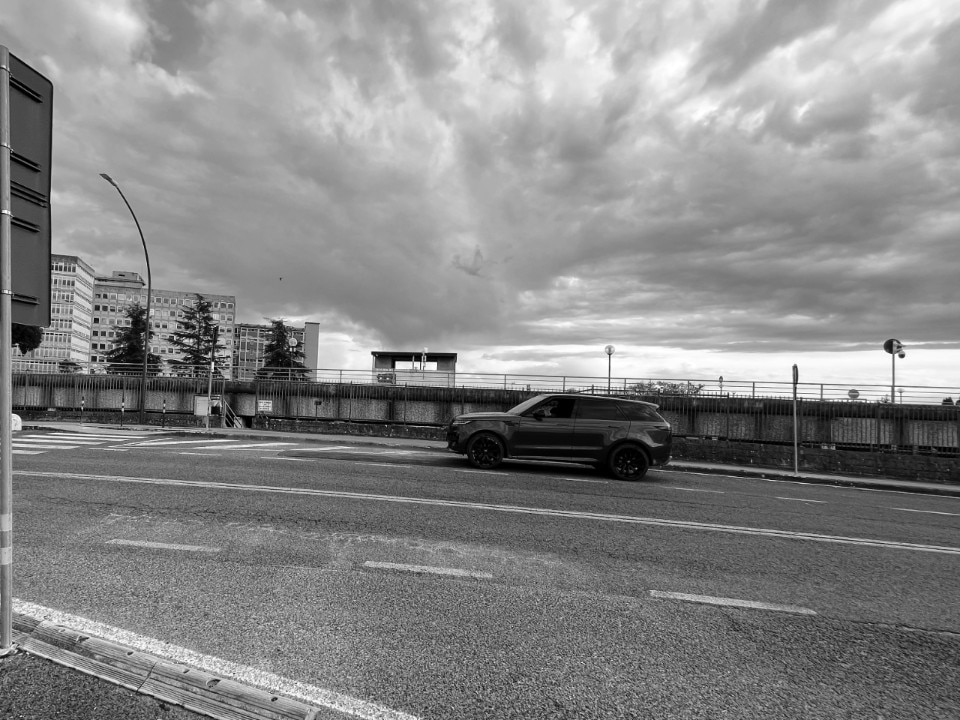
The feature Italian journey is created with the support of Jaguar Land Rover


